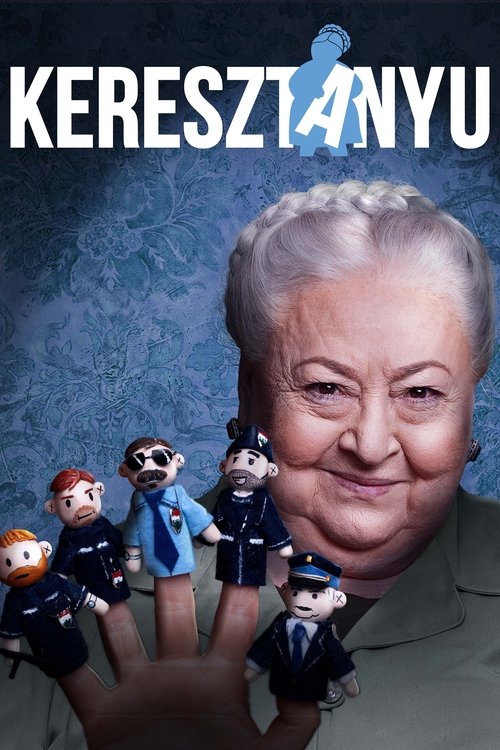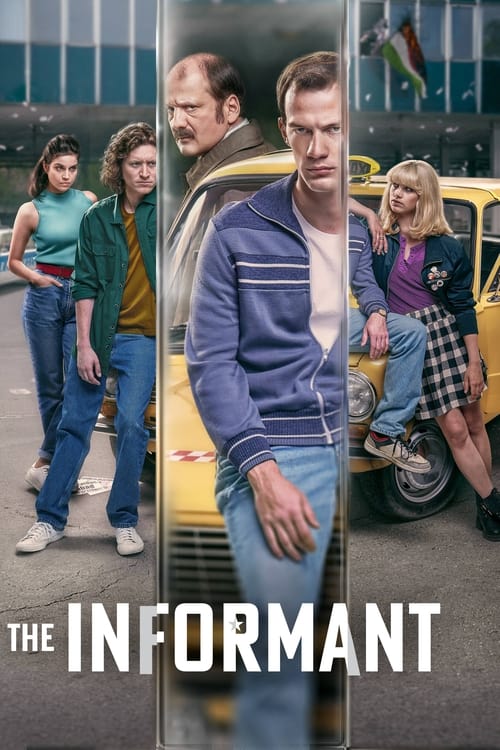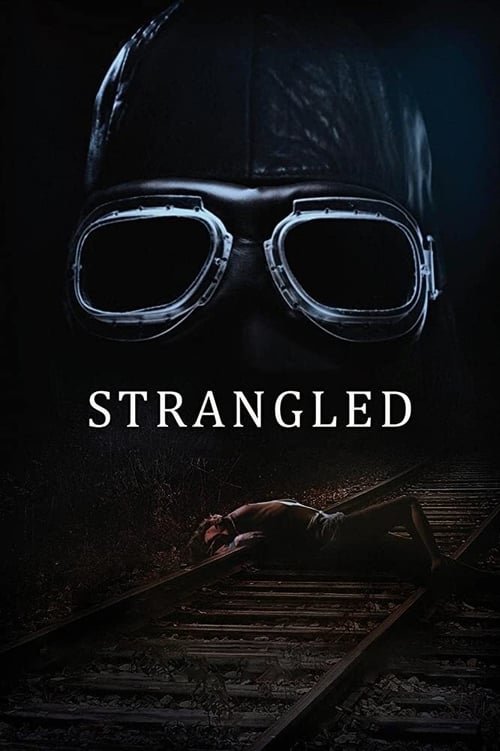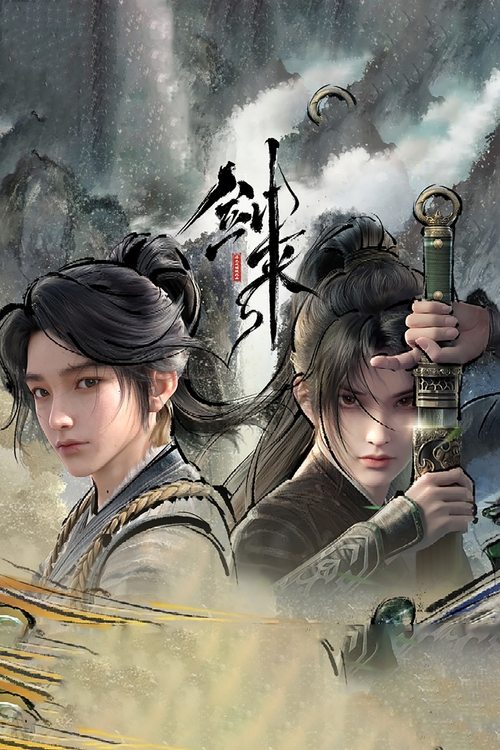
Ask Your Own Question
What is the plot?
In 2018, John Allen Chau, a 26-year-old American evangelical missionary, set out to make contact with the Sentinelese, one of the world's most isolated indigenous peoples living on North Sentinel Island in the Andaman and Nicobar Islands. The island and its inhabitants are legally protected by the Indian government, which prohibits contact to prevent disease and preserve their way of life. Despite this, Chau secretly planned his mission for 10 years, driven by his religious conviction to bring Christianity to the tribe.
Chau bribed local fishermen to take him illegally to North Sentinel Island. Upon arrival, he attempted to communicate with the Sentinelese, who were hostile and defensive. The tribe repeatedly warned him to leave, but Chau persisted, believing he was fulfilling a divine mission. He made several attempts to approach the island, each time facing rejection and aggression from the tribe, who used bows and arrows to keep him away.
During one of these attempts, Chau was struck by arrows and ultimately killed by the Sentinelese. His death was immediate and violent, underscoring the tribe's determination to protect their isolation from outside influence. The film explores the details of Chau's life, his motivations, and the evangelical networks that supported his mission, highlighting the clash between his idealistic faith and the tribe's right to remain undisturbed.
The documentary includes interviews with Chau's friend Levi Davis, historian Adam Goodheart, and former missionary Daniel Everett, who provide context on Chau's upbringing, his attraction to adventure stories, and his deep religious beliefs. It also examines the broader implications of missionary work on isolated cultures, emphasizing the dangers and ethical questions surrounding such interventions.
The film is structured with the first hour focusing on Chau's background and the setup of his mission, while the final 45 minutes detail his journey to the island and the fatal consequences of his actions. It presents a thorough investigation into the tragic pursuit, showing how Chau's idealism and disregard for the tribe's autonomy led to a deadly cultural clash.
What is the ending?
The TV show The Mission produced in 2024, also known as Mission: Cross, ends with the main characters Kang Mi-seon and Park Kang-mu uncovering a deep government corruption involving procurement fraud. They expose the villain Hee-ju, who orchestrated the fraud and attempted to launder a massive sum of money. In the final scenes, Mi-seon and Kang-mu work together as a team, having survived betrayals and danger, and continue their mission to bring criminals to justice. The story closes with them successfully conducting a drug bust and interrogating a criminal, hinting at ongoing challenges ahead.
The ending unfolds scene by scene as follows:
-
Revelation of the Villain: It is revealed that Hee-ju, a former agent and associate of Park Kang-mu, is the mastermind behind the procurement fraud scandal involving misappropriated defense funds. She is the "last boss" villain who aims to launder 3.5 trillion won with the help of corrupt government officials.
-
Kang-mu's Realization and Betrayal: Park Kang-mu, who was searching for Kim Jung-san (a whistleblower who disappeared after uncovering the fraud), realizes he has been deceived by Hee-ju. Before Kang-mu can reach a safe house where Jung-san is held, he is involved in a planned accident orchestrated by Hee-ju.
-
Mi-seon's Investigation: Kang Mi-seon, initially suspicious of her husband's fidelity, discovers the truth behind the corruption and her husband's secret past as a former secret agent for the Korean Defense Intelligence Command. She tracks down leads and eventually arrives at the safe house.
-
Safe House Confrontation: Mi-seon finds Hee-ju's assistant holding a pen drive containing incriminating evidence. She manages to secure the file and transfer it to her possession, despite Hee-ju's attempts to negotiate and share the laundered money with them.
-
Final Showdown and Arrest: Mi-seon and Kang-mu reject Hee-ju's proposal, take the case containing the evidence, and hand it over to the Defense Counter Intelligence Command. They are then handcuffed and brought in for questioning, indicating their cooperation with authorities and the beginning of legal proceedings.
-
Six Months Later: The story fast-forwards to six months later, showing Mi-seon and Kang-mu working together as a team. They have successfully conducted a drug bust and are interrogating a criminal in a safe house in Dandong. The criminal reveals that his boss, a pastor, looks exactly like Kang-mu, hinting at further intrigue.
-
Character Fates: Kang Mi-seon and Park Kang-mu survive the ordeal and continue their work in law enforcement, having grown closer through their shared trials. Kim Jung-san's fate remains ambiguous, but his whistleblowing efforts catalyzed the exposure of corruption. Hee-ju, the antagonist, is effectively neutralized by the end.
This detailed ending highlights themes of trust, betrayal, and the complexity of fighting corruption within government institutions. The narrative emphasizes the evolving partnership between Mi-seon and Kang-mu, who move from suspicion and misunderstanding to mutual respect and cooperation in their shared mission.
Is there a post-credit scene?
For the TV show The Mission produced in 2024, there is no information in the search results indicating the presence of a post-credits scene. The search results primarily discuss the Mission: Impossible film series, specifically Mission: Impossible – The Final Reckoning (2025), confirming that it does not have a post-credits scene. There is no mention of a post-credits scene related to the 2024 TV show The Mission.
Additionally, a 1986 film titled The Mission is noted to have no extra scenes after the credits, but this is unrelated to the 2024 TV show.
Therefore, based on available information, the 2024 TV show The Mission does not have a post-credits scene. If you are referring to a different production or need details about a specific episode, please clarify.
What motivates John Allen Chau to undertake his dangerous mission to contact the Sentinelese tribe in The Mission (2024)?
John Allen Chau is driven by a deep religious conviction and missionary zeal to make contact with the isolated Sentinelese people, believing he has a divine calling to bring them Christianity despite the legal protections and dangers involved.
How do the filmmakers portray the interactions between John Allen Chau and the indigenous Sentinelese in The Mission?
The film uses a combination of archival footage, interviews, and reenactments to depict Chau's attempts to contact the Sentinelese, highlighting the tension, cultural barriers, and ultimately the fatal outcome when he is killed by arrows from the tribe.
Which key figures provide insight into John Allen Chau's character and mission in The Mission documentary?
The documentary features interviews with Levi Davis, a fellow student of Chau's, historian Adam Goodheart, and professor and former missionary Daniel Everett, who offer perspectives on Chau's motivations, personality, and the ethical implications of his mission.
What role do the fishermen play in John Allen Chau's journey to North Sentinel Island in The Mission?
Fishermen are bribed by Chau to take him illegally to North Sentinel Island, facilitating his unauthorized contact with the Sentinelese despite the island being off-limits and protected by law.
How does The Mission explore the aftermath and global reaction to John Allen Chau's death?
The film examines the media coverage, public debate, and ethical questions raised worldwide following Chau's death, including discussions about indigenous rights, missionary work, and the consequences of his self-initiated mission.
Is this family friendly?
The 2024 documentary film The Mission is not family friendly for children or sensitive viewers. It contains full nudity, some violent content including scenes of death by arrows, and strong thematic elements related to religion and cultural conflict. The film is rated PG-13 but includes severe sexual references, severe violence and gore, and severe profanity.
Potentially objectionable or upsetting aspects include:
- Full nudity depicting indigenous people in traditional tribal contexts.
- Violent scenes involving the fatal attack on the missionary.
- Strong religious themes that explore complex and controversial missionary work.
- Emotional intensity around death, cultural clash, and ethical debates.
- Profanity and mature thematic content that may be disturbing for younger or sensitive viewers.
The film is a serious, thought-provoking documentary about a real-life tragic event and is intended for mature audiences rather than children or those sensitive to graphic or challenging material.
























